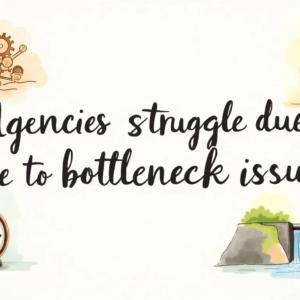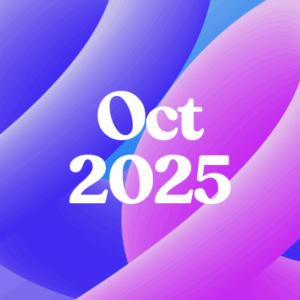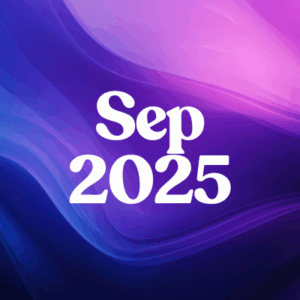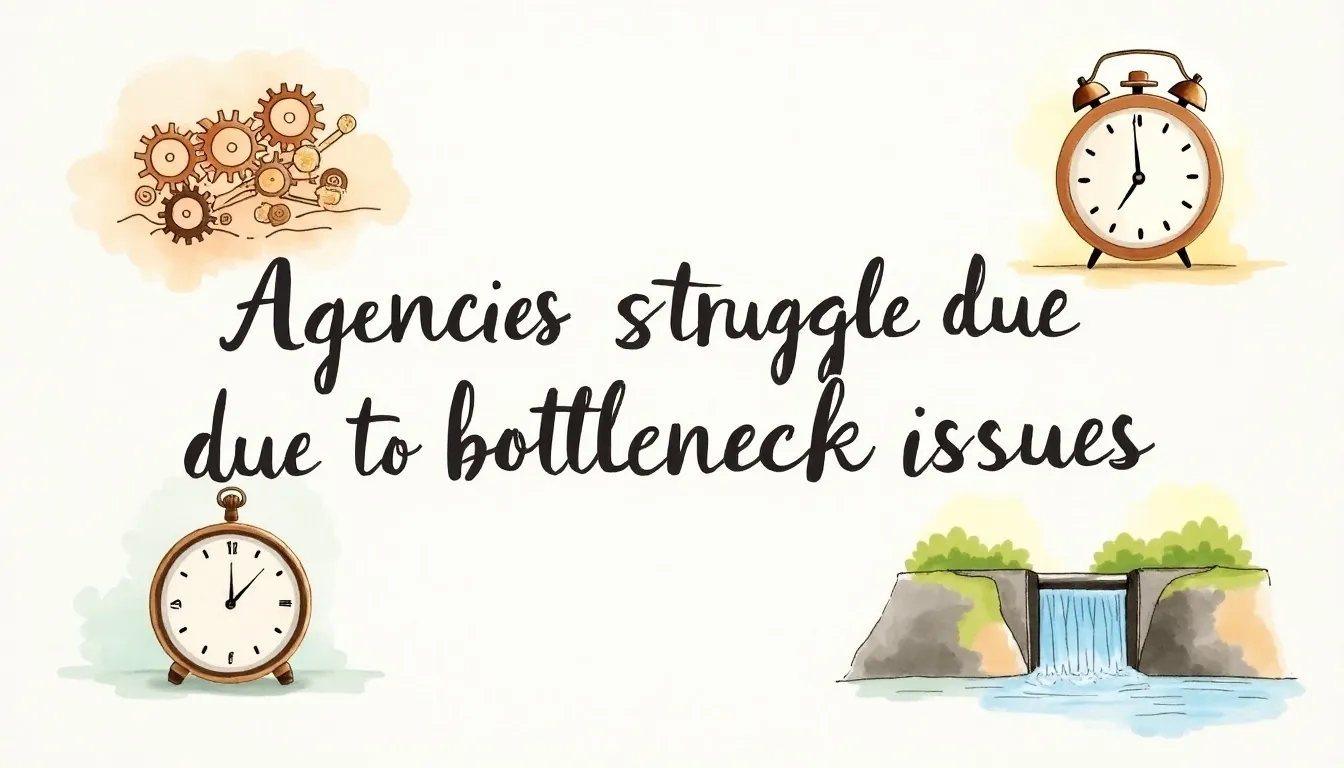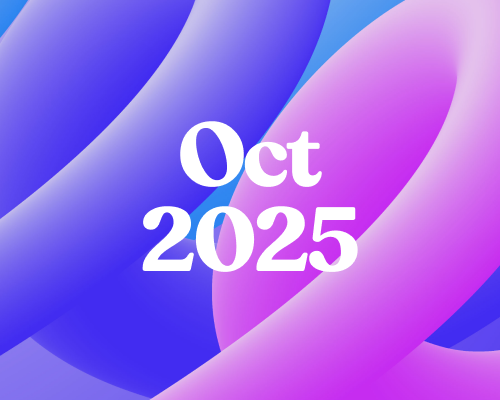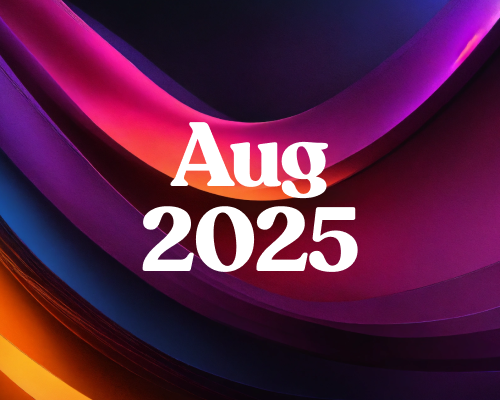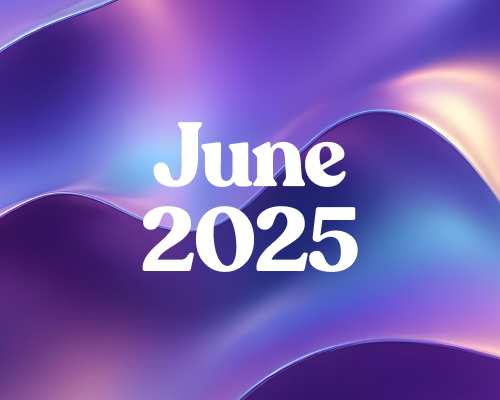For centuries, artists have controlled color to obtain specific reactions from their people. Interior designers, advertisers, and others usually choose colors because of how they think they can change people. But does color actually change human behavior? The answer is yes! The study of psychology has shown that color selection makes up an important part of the change in our mood. It also shows that when we use different colors on different occasions, such as at a wedding or an event, we tend to feel happier and have more positive emotions than when we use only one color.
In the world we live in, color selection is extremely significant. Color has the power to influence one’s thoughts, behavior, and reactions. It has the ability to irritate or soothe your skin, increase or decrease your blood pressure, and reduce your appetite. Color is reflected as an effective means of communication. The colors red and green denote “stop” and “go,” respectively. This universal message is transmitted by traffic lights. Similarly, the colors used in a product, website, business card, or logo evoke strong responses.
Selection of the correct color scheme
It’s one of the most critical aspects of developing a popular brand. After all, these colors can be used for anything from logos to the company’s website, so they need to be chosen carefully. According to studies, most people make quick decisions about a product or company based on the colors used. During the color selection of the scheme, you should choose colors that will persuade potential customers. For example, if you’re selling a product and want to make it feel friendly, you could choose a bright color like yellow or orange. Darker shades, on the other hand, should be reserved for things that are more extreme in nature.
Although there’s no clear cause-and-effect relationship between color and behavior, some assertions about colors and what they can symbolize have been made. Hot colors like red, yellow, and orange are thought to evoke enthusiastic emotions. Blue, violet, and green are examples of cool colors that can be found on the blue end of the visible light spectrum. These colors are associated with calmness, coolness, and stillness.
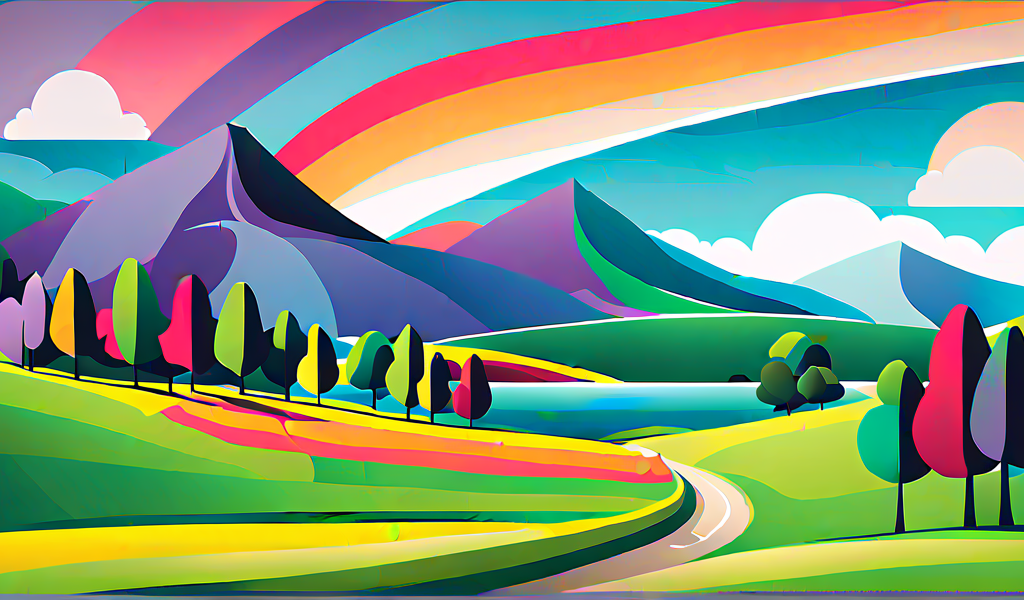
Visible light spectrum
In the visible light spectrum, red has the longest wavelength. Red which associated with dominance, influence, and strength in Western cultures. It also serves as a warning sign and arouses alertness. Red traffic lights warn drivers to be careful and come to a full stop. Snakes, for example, have a red coloration, which means they are poisonous and aggressive. Red is believed to increase metabolism and blood pressure, all of which are needed to prepare for action in an emergency.
Impact of blue
The color blue is aligned with harmony and peace. It’s a representation of logic, communication, and knowledge. Low stress, low temperature, and a low heart rate are all correlated with it. Blue is often related to a lack of warmth, emotional detachment, and indifference. Despite its negative meanings, blue is often chosen as the most common color in global research surveys. Blue light stimulates us to stay awake.
Impact of Yellow
Yellow, a vibrant color that’s the most noticeable to the naked eye. It denotes competence and is correlated with joy and niceness. Yellow is an indicator of hope and inspiration. It’s often used alongside black on-road signs, taxis, and school buses, attracting our attention and indicating caution. Yellow is also associated with anxiety, fear, and illness, which interests me more.
Impact of Green
The color green, associated with growth, life, health, and nature in the springtime. Green is connected with prosperity, wealth, good fortune, and finances, and it represents protection. It’s thought to have a calming and stress-relieving effect because it’s a stimulating, soothing color. Greed, envy, ignorance, and sleepiness are all negative associations with green.
Impact of Orange
Warmth, passion, and inspiration are all correlated with the color orange. The color orange increases hunger and thus affects appetite. It’s also thought to improve mental capacity and performance. Exposure to orange light has been shown in research to enhance memory and alertness. Fall’s main color is orange, which is also linked with summer. Orange in light shades is a very warm and welcoming color, while dark shades are associated with dishonesty.
Impact of Black
Black, regarded as a color of mystery, and it’s synonymous with terror, death, the unexplained, and evil in many cultures. Mixing black with another color produces various shades of the same color. It also denotes leadership, complexity, and force. Black is also linked with misery and negativity, and it reflects toughness and freedom.
Impact of White
White, contrasted with misery and death in eastern cultures. White is also a symbol of purity, innocence, and impotence in Western cultures. It also connotes protection, religion, and belief. Isolation, emptiness, and a feeling of inaccessibility are all negative associations with whites.
Why this matter?
Although you’ll start to desire an interior decorator after reading this section, these things are really incredibly important in helping you understand the why behind conversion jumps and slumps. As a bonus, it’ll help keep you from drinking the conversion rate optimization Kool-Aid that misleads numerous people.
One of the explanations is that when it involves the psychology of color, there are many variables in the situation. There’s an opportunity for different people to perceive colors differently. How you perceive a particular color may have a lot to do with your personal preference, experiences from the past, cultural and gender differences, and so on.
Wrapping Up
Although color can influence how we feel and behave, experts have discovered that these effects are influenced by personal, cultural, and situational factors. Even though color psychology has been studied and analyzed for several years, there’s still much debate about the precise impact that color has on human psychology.
Now that you’ve learned what color psychology is and what the most common color meanings are for every color, it’s time to use them in your business. While many niches have common colors used, like blue for health care, you don’t always need to follow the rules. Consider choosing colors that represent what you would like your brand to be about or what you would like your customers to feel when browsing your online store.
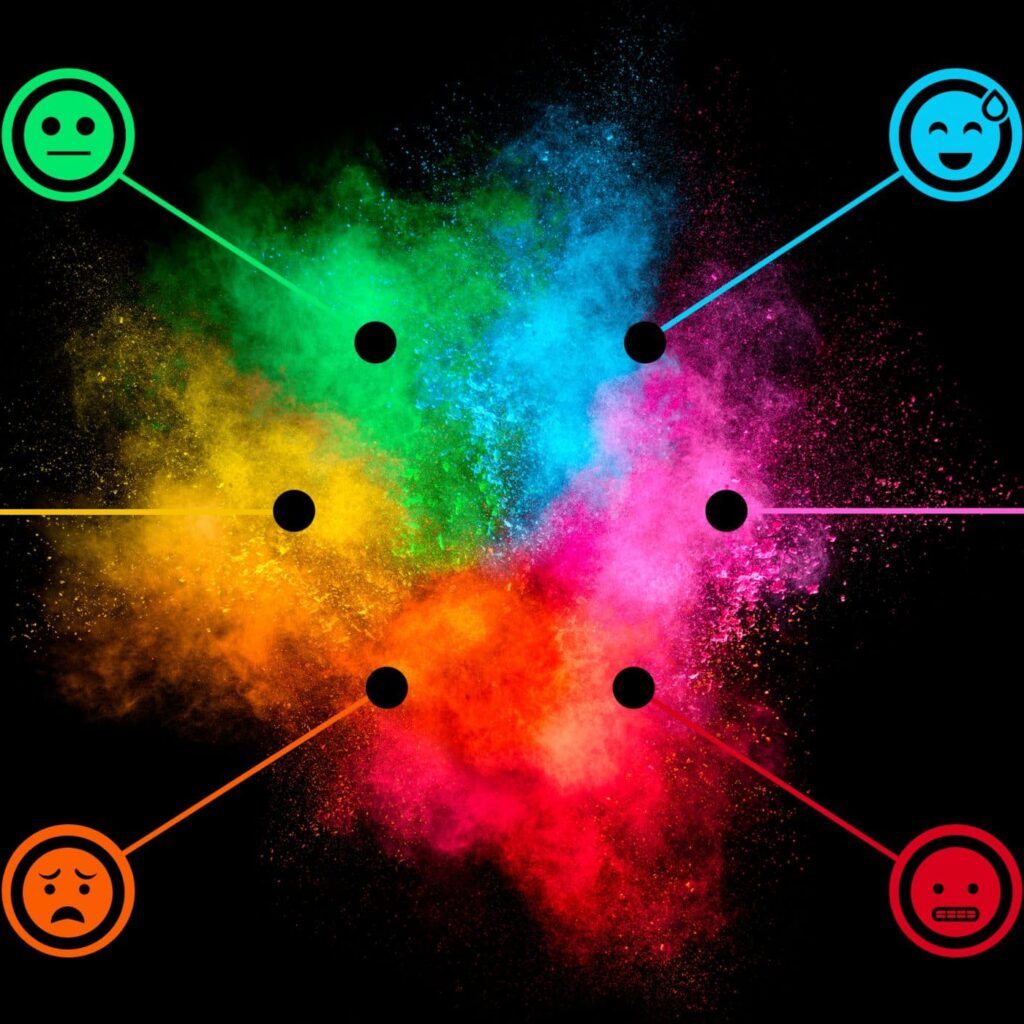
/GettyImages-855383234-1e3b71276a914df7940bf0a20d4524a0.jpg)

